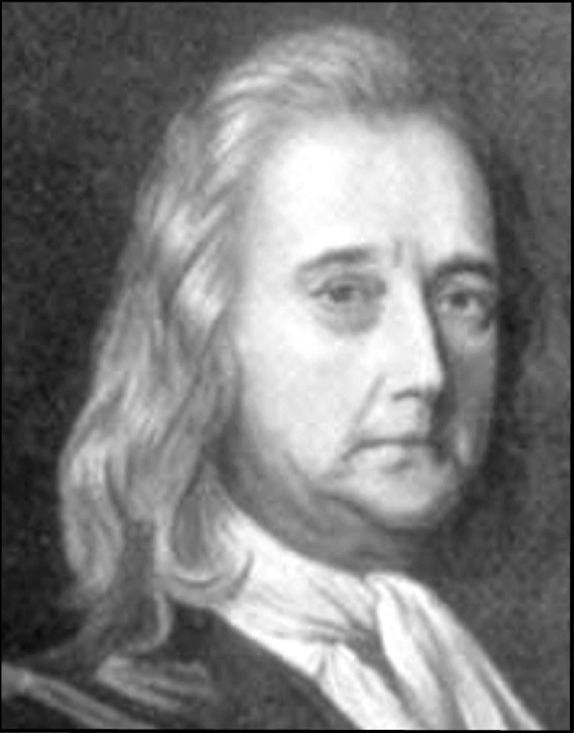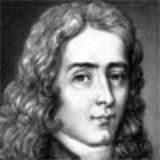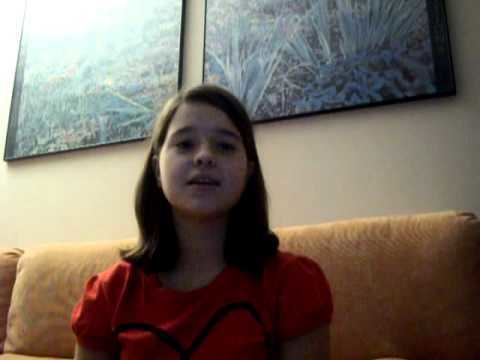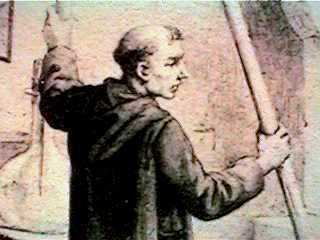Name Edme Mariotte | Role Physicist | |
 | ||
Books The Motion of Water and Other Fluids: Being a Treatise of Hydrostaticks Parents Catherine Denisot, Simon Mariotte Similar People Robert Boyle, Christiaan Huygens, Isaac Newton, Gilles de Roberval, Galileo Galilei | ||
牛頓擺
Edme Mariotte (Til-Châtel c. 1620 – Paris 12 May 1684) was a French physicist and priest (Abbé).
Contents

Biography

Edme Mariotte was the youngest son of Simon Mariotte, administrator at the district Til-Châtel (†16 Augustus 1652), and Catherine Denisot (†26 September 1636 due to plague). His parents lived in Til-Châtel and had 4 other children: Jean, Denise, Claude, and Catharine. Jean was administrator in the Parlement of Paris from 1630 till his death in 1682. Denise and Claude, both married, stayed in the Dijon region, where as Catharine married Blaise de Beaubrieul, advisor of king Louis de XIV. Catherine and Blaise lived in the same street 16, perhaps on the same address, where Jean lived. The early life of Edme Mariotte is unknown. His title "Sieur de Chazeuil" was probably inherited from his brother Jean in 1682. It refers to the estate of his father, which was first given to Jean. This estate was in the region Chazeuil. It is not clear whether Mariotte spent most of his early life at Dijon, and whether he was prior of St Martin sous Beaune. There are no references to confirm this. In 1668 Colbert invited Mariotte to participate in the "l'Académie des Sciences", the French equivalence of the Royal Society. From that time on he published several articles.
In 1670 Mariotte moved to Paris. The address on a letter found in the Leibniz archive shows that Edme lived in the rue de Bertin-Poirree, near the chapel of the guild of the goldsmiths in the rue des Orfevres in 1677. Perhaps he lived together with Jean and the couple Catherine and Blaise de Beaubreuil. Leibniz wrote that Edme stayed at Mr. Beaubrun's address, but probably he meant Beaubreuil, which sounds quite similar. Edme quit the Academy in 1681 and died on 12 May 1684.
Works

Mariotte is best known for his recognition in 1679 of Boyle's law about the inverse relationship of volume and pressures in gases. In 1660 he had discovered the eye's blind spot. A small coin placed in the blind spot disappears from vision, a seemingly magical event that amazed the French royal court when first presented by Mariotte. He was one of the first members of the French Academy of Sciences founded at Paris in 1666.

The first volume of the Histoire et mémoires de l'Académie (1733) contains many original papers by him upon a great variety of physical subjects, such as the motion of fluids, the nature of colour, the notes of the trumpet, the barometer, the fall of bodies, the recoil of guns, the freezing of water etc. His Essais de physique, four in number, of which the first three were published at Paris between 1676 and 1679, are his most important works, and form, together with a Traité de la percussion des corps, the first volume of the Œuvres de Mariotte (2 vols., Leiden, 1717). The second of these essays (De la nature de l'air) contains the statement of the law that the volume of a gas varies inversely as the pressure, which, though very generally called by the name of Mariotte, had been discovered in 1662 by Robert Boyle. The fourth essay is a systematic treatment of the nature of colour, with a description of many curious experiments and a discussion of the rainbow, halos, parhelia, diffraction, and the more purely physiological phenomena of colour. He also made a significant contribution to the development of aerodynamic theory with the statement that aerodynamic resistance varies as the square of the velocity. The discovery of the blind spot is noted in a short paper in the second volume of his collected works.
